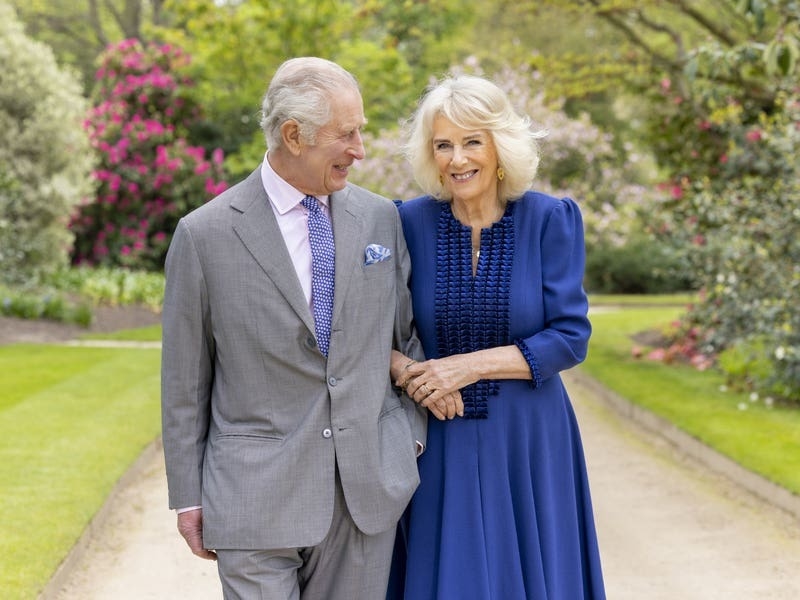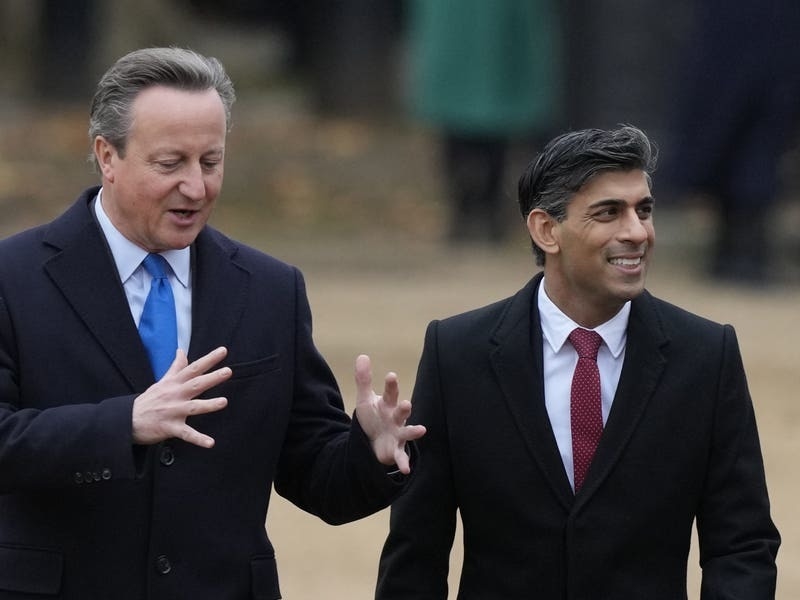By Stephen Le Quesne
ONE of the main reasons that southern Africa keeps drawing me back is that the African environment has ecosystems that are essentially intact.
These complete ecosystems, such as the Masai Mara in Kenya, Serengeti in Tanzania or Okavango Delta in Botswana, have an array of animals, and plants, that carry out specific roles within their habitats. One famous example is the wildebeest migration from the southern Serengeti to the Masai Mara, a spectacle that attracts thousands of visitors each year.
The sight of 1.5 million wildebeest, 400,000 zebra and 300,000 Thomson’s gazelles, plus many other herbivores, is a natural phenomenon. The herds are constantly searching for new pastures to graze and over time travel 800km in a clockwise direction through both countries.
Each of these herbivore species (around 30 of them) have a unique role, one that works in harmony with the plants they are eating and the other animals they are sharing the grass and other vegetation with. This is called niche separation. We know that each grass species has different protein content, every different type of herbivore has a different bite weight (strength of their bite) and bite speed, which results in some quite fussy eaters. And we know that different parts of a grass or plant are preferred by different herbivores. These are complex, fascinating, intricate biological relationships which largely go unnoticed.
One of the reasons why these intricate details and relationships go unnoticed is that the UK is one of the most nature-depleted countries in the world, with about 53% of its biodiversity left, well below the global average of 75% (according to data collected by the Natural History Museum). The United Kingdom was once home to wolves, Lynx, beavers, storks, bison and much more. The UK had its own versions of the ecosystems you are still able see in the Masai Mara. A fact that always comes to my mind is that when we roughly chop or flail some of our tree species, such as hawthorn and blackthorn, they always come back bushier, with more spines and increased growth. Why is this? It is because these trees are still adapted to life alongside large herbivores that used to rip and tear their branches down with brute force. They are showing their historical adaptations to survive. Is it time to start restoring these processes, these missing links, these intricate, secret relationships in nature?
If you were to start a conversation about rewilding – or a group chat, or write a book on the subject, for that matter – the differences of opinion that the topic would generate would quickly become apparent. Right here in Jersey, Durrell has the Rewild Our World Strategy – but what does this mean? What does ‘rewilding’ mean?
Rewilding is a progressive approach to conservation; it’s about restoring an area of land to its natural, uncultivated state. It encourages the return of flora and fauna that may have been driven out through human intervention, restoring nature’s natural rhythms and processes, and therefore creating a more diverse and richer environment – that’s basically the ‘official’ definition.
In practice, and across Europe, rewilding is gaining traction, picking up speed and acceptance. In the UK, the issues are more complex, the resistance stronger. The time we have had without the pioneer species is counted in hundreds of years, not tens. But one project has led the way and has shown the possibilities, pitfalls, struggles and a path to restore nature as best we can.
Situated in West Sussex, the Knepp Rewilding Project began in December 2002. The following year the first scientists from English Nature visited to assess their plans. After funding struggles and funding applications, the Exmoor ponies arrived, then the English longhorns, followed by the Tamworth pigs, and, in 2007, the first turtle doves were recorded (a bird that had decreased in number by 93% since 1994 in the UK). More herbivores followed, such as red and fallow deer, with the latest projects being the reintroduction of white storks and the Eurasian beaver. Piece by piece Knepp has sought to fix the intricate and delicate relationships that I described at the start of this column. In terms of increasing biodiversity and nature restoration it has been a huge success.
What would a wilder and more diverse Jersey look like? What do you think? Should we even place Jersey into the rewilding conversation? The red-billed chough now flies above the north coast of the Island thanks to a successful reintroduction, but is this as far as we go? The Island is small, our habitats are isolated and there are complications at every turn. The suggestion is not to reintroduce beavers, nor lynx, but start the conversations that perhaps should have started yesterday and need to be happening tomorrow.
Time is short, urgency is high.
-
Stephen is a naturalist, conservationist, forest school leader and nature connection advocate.






